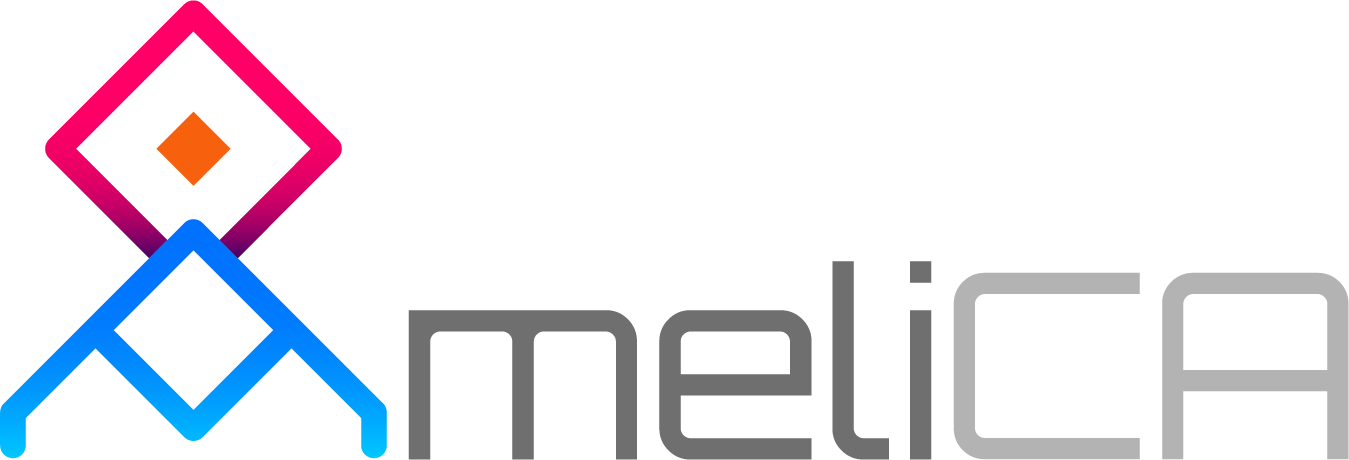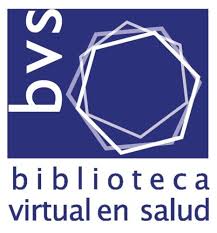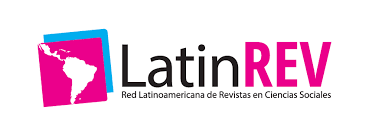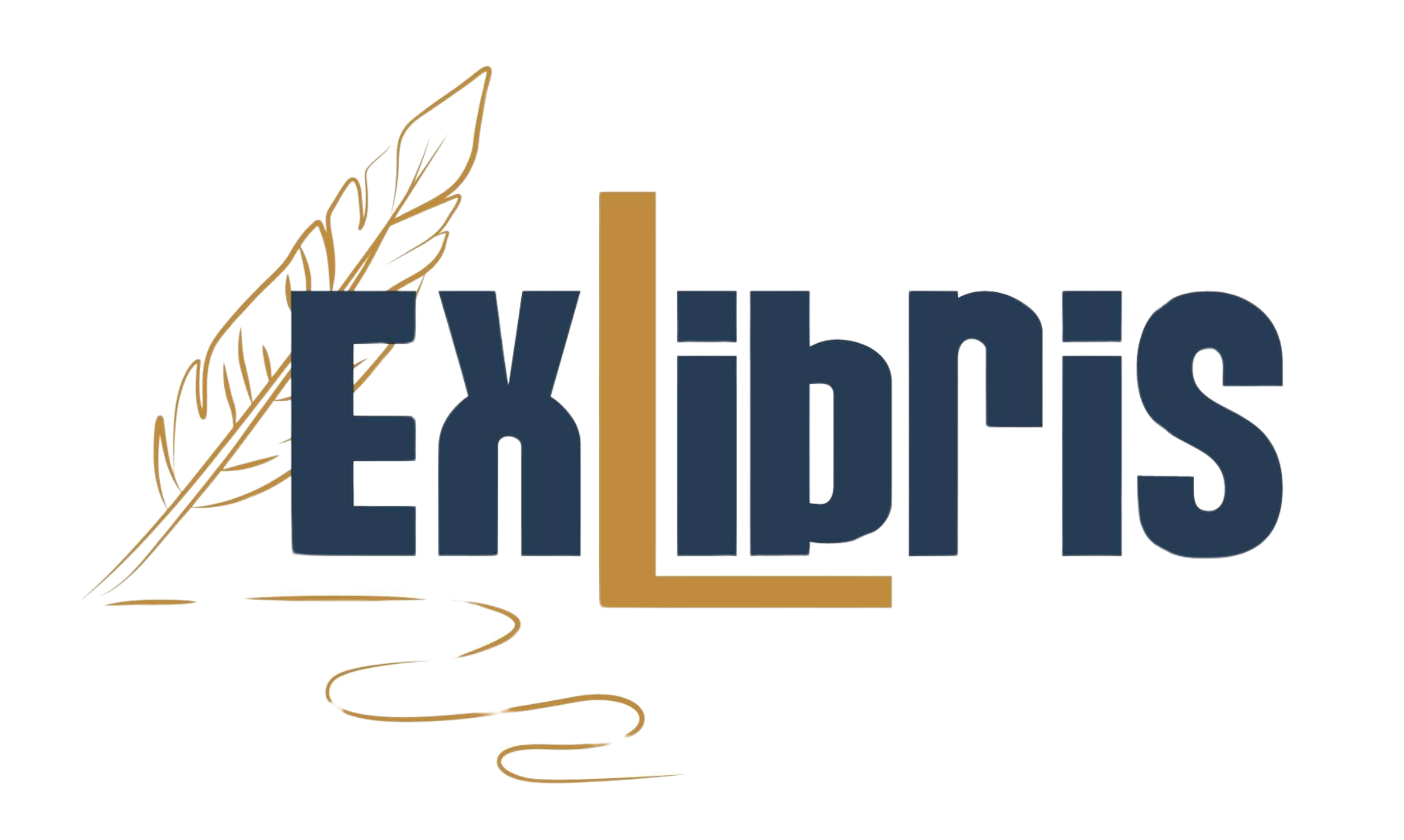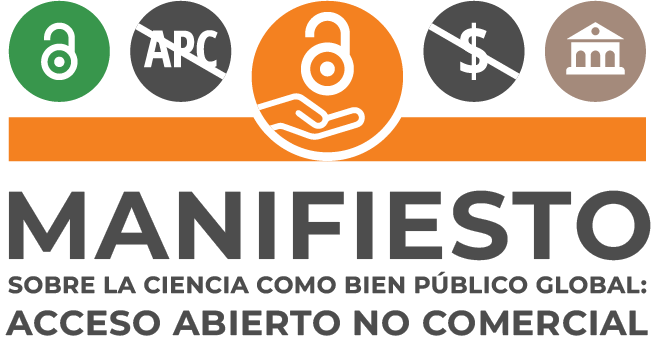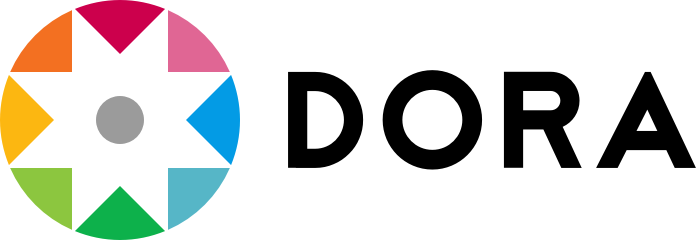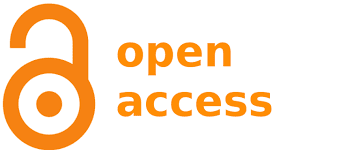Contribution of feeding based on sorghum flour (sorghum bicolor l. moench) in the correction of iron deficiency anemia in boys and girls aged 2 to 6 years
DOI:
https://doi.org/10.5377/creaciencia.v0i6.8602Keywords:
RCV sorghum flour, Nutritional guidance, culinary preparations, Iron deficiency anemia, Heme iron and non-heme ironAbstract
An alternative for the correction of iron deficiency anemia and states of iron deficiency is feeding based on sorghum flour and educational sessions, aimed at reducing iron inhibitory factors (referring to the reduction or exclusion of foods with artificial colors: coffee, chocolate , and factors such as intestinal parasitism). The study was carried out in boys and girls from 2 to 6 years of age from the Child Development Center (C.D.I), Apopa. Sorghum flour of the RCV variety (Initiaks of the name of the 9gronome that improved the phenotype) was used. It is a plant-improved variety, free of toxic factors and the most cultivated in the country. The chemical analysis provides for every 100 g of flour, 7.5 mg of iron. The flour was used in drinks and savory dishes: sorghum atole with cinnamon, sorghum atole with strawberry, sorghum barley, sorghum horchata, tamarind with sorghum, sorghum lemonade, tortillas and soups. With the food provided to the infants, it was found that they were receiving 23.25% of their daily dietary requirement of iron mineral because the diet they had in the institution included: 6 ounces of atole with a content of 13.5 mg of iron, 12 ounces of soft drink with a content of 27 mg of iron and 1 ounce of corn tortilla fortified with sorghum flour, which contained 2.25 mg of non-heme iron, taking into account that in theory children of the ages established in The study absorbs approximately 10% of non-heme iron from the daily diet. Through nutritional guidance, the consumption of factors that hinder the uptake of the mineral was reduced.
Downloads
Published
Issue
Section
License

This work is licensed under a Creative Commons Attribution-NoDerivatives 4.0 International License.
Los artículos de Crea Ciencia están publicados en acceso abierto bajo una licencia CC BY-NC-SA 4.0 de la Universidad Evangélica de El Salvador.





